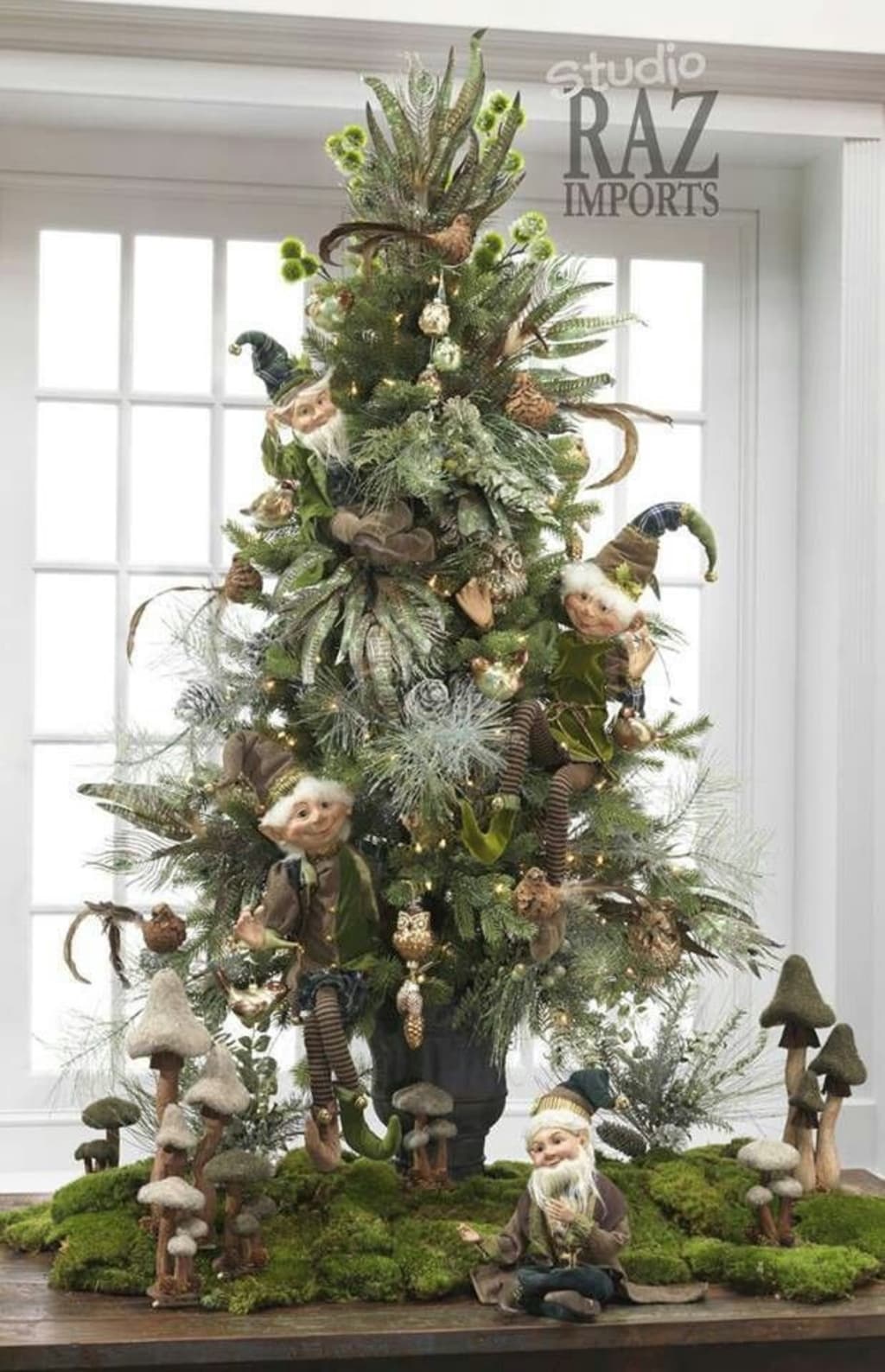Winter Solstice the longest night of the year is responsible for the biggest holiday of the year
After December 21 the days begin getting longer and Christmas is a result of this yearly change.

There are a lot of myths and legends surrounding the Winter Solstice, which takes place on December 21. This day is also known as the hiemal solstice or hibernal solstice, This is a mid-winter occurrence that happens twice a year when one of the Earth's poles, North or South, has its maximum tilt away from the Sun. It occurs once each in the Northern and Southern Hemisphere. The Winter Solstice is the day with the shortest period of daylight and the longest night of the year. As the Sun shines in the sky, on December 21 it will be at its “lowest daily maximum,” while at the pole, there is continuous darkness or twilight during the winter solstice. The reverse takes place during the Summer Solstice.
The Winter Solstice occurs during the hemisphere's winter and marks the shift from shorter to longer periods of daylight. In the Northern Hemisphere, the Winter Solstice is usually on December 21 or 22 and in the Southern Hemisphere, the Summer Solstice takes place around June 20 or 21. There are different names for this event such as "midwinter", Yule, the "extreme of winter" (Dongzhi), or the "shortest day". I had wrongly assumed that Christmas carols that told of Yuletide were referring to the December 25 celebration, but it actually has to do with the lengthening of days.
The Winter Solstice was a way people marked the passing of time and they began to celebrate that longer days and warmer weather were coming. Some of these celebrations were said to involve drukeness, orgies, and fighting. There were also festivals where family came together and had a big meal. The Romans celebrated the feast of the sun god Saturlina on December 25 because the Roman emperor Aurelian created 'Dies Natalis Solis Invicti' which means 'birthday of the unconquered sun'. This was also referred to as 'Sol Invictus'so there was a lot of activitiy during this time of year.
The celebration of Winter Solstice happens to be one of the oldest winter celebrations in the world. Ancient people were hunters so they spent most of their time outdoors. The weather and the seasons played a very important role in their lives. This is why so many people living during this time had such a great reverence for, and even worshipped the sun which brought warmth and light.
Christmas was first observed around 325 AD and Eperor Constantine was responsible. It initially was celebrated on Jamuary 6 which is now called Epiphany. This is when it is believed the Magi made their way to Bethlehem. Hannukah, the Jewish festival of lights is also in December and some historians believe this may be why the 25th was eventually chosen for Christmas. The use of Mistletoe, Holly, and even singing Christmas carols were all copied from the pagan methods of observing the Winter Solstice. Christians took these things and put a religious spin on them. The pagans celebrated the Sun winning over the darkness of winter and Christians during this time wanted to discourage worship of the creation and put focus on the Creator.
December 25 was designated as the day to observe the birth of Christ although there is no information to indicate that He was born in December. Quite the contrary as shepherds would not be watching their flocks on a cold winter night. Christmas began as a way for those who believe in Christ to acknowledge His birth hoping that others would join them and stop the mid-winter festivities. Instead, traditions of the Solstice celebration such as yule log, caroling, and other activities became over time to be considered as a part of the December 25th celebration.
Christmas today is unrecognizable from it's humble beginnings and means different things to different people. Frosty the Snowman, Rudolph the red nose reindeer, Santa Claus is coming to town and hundreds of other tales have nothing at all to do with the reason the season began. Although there are numerous ficticious movies and variations related to Santa Claus, he indeed was a real person. His name was Saint Nikolas and he gave gifts to poor children in December beginning around the 6th of the month. From this the stories evolved about flying reindeer, elves, and all the other stories that have been told for many generations.
There are still people today who celebrate Winter Solstice and still follow the traditions of old. They light Yule logs and burn candles in honor of the shortest day if the year. Wreaths are made from evergreen trees, which is probably why wreaths are put on the doors during Christmas. Yule trees are also decorated in the same manner as those for the December 25 observance. In the beginning Yule trees bore lit candles which celebrated the sun, moon, and starts. Christians changed those traditions to using a star or angel on top of the Christmas tree to symbolize the birth of Christ and the announcement from the angels to the shepherds. So now you know how the mid-winter festival related to changing seasons is responsible for the December 25th observance of Christmas.
About the Creator
Cheryl E Preston
Cheryl is a widow who enjoys writing about current events, soap spoilers and baby boomer nostalgia. Tips are greatly appreciated.






Comments
There are no comments for this story
Be the first to respond and start the conversation.